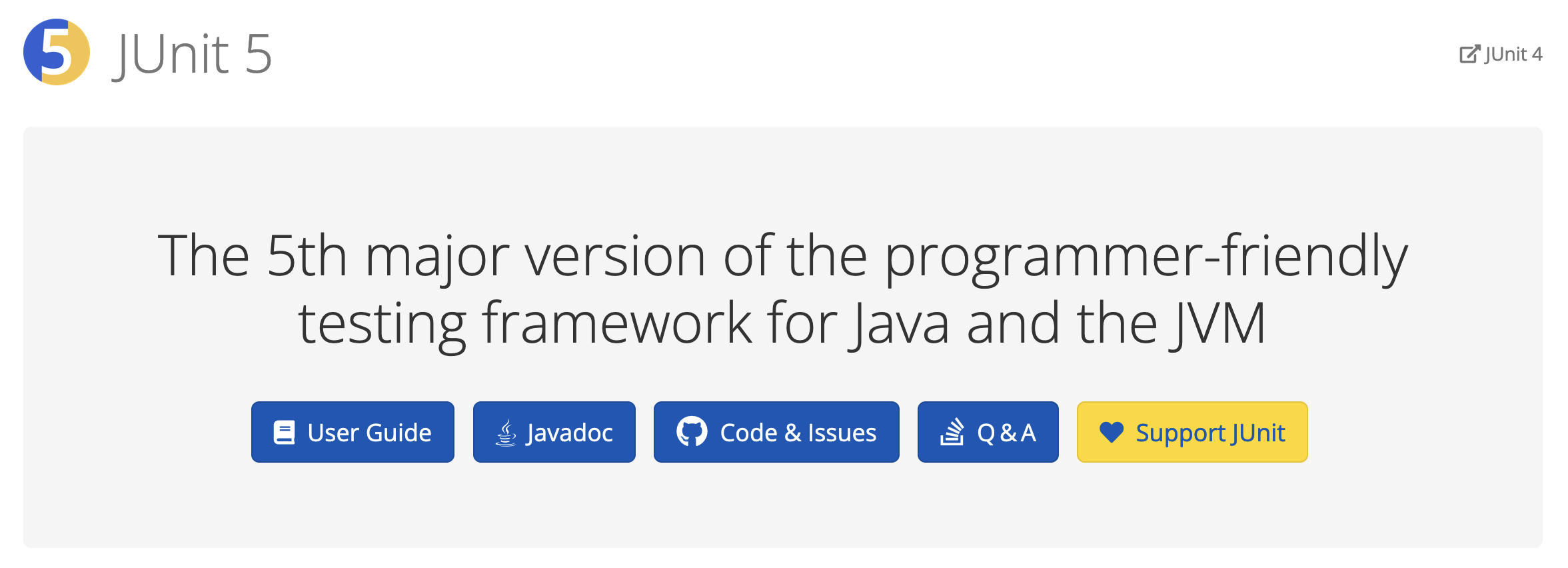

- #XAMPP INSTALL NTS PHP HOW TO#
- #XAMPP INSTALL NTS PHP .DLL#
- #XAMPP INSTALL NTS PHP CODE#
- #XAMPP INSTALL NTS PHP WINDOWS#

In recent years the popularity of PEAR has declined and Packagist with Composer is a popular choice for dependency management these days. PEAR is a hosting area on the internet which hosts reusable php code. PEAR is PHP Extension and Application Repository, these are essentially a bunch of php files, readily usable by the end user just like any common php( as in database.php or config.php) file which you autoload into your project or include it manually.
#XAMPP INSTALL NTS PHP .DLL#
dll (for windows) and put into “php/ext” folder and corresponding changes made into php.ini in order to be used. PECL stands for PHP Extension Community Library, these are packages written in C and need to be compiled into a. For PHP, two clients are very popular and regularly maintained, ‘predis’ and ‘phpredis’, former is a PEAR package and latter is a PECL extension. For a comprehensive list of all the clients click here. Many clients are available for different languages. In the above diagram, the script marked “Redis” is the Redis client. This calls for a bridge between the calling process and the Redis service. Redis is an independent service which can be called upon by any other process. This configuration can be setup either by having a php client on a per project basis(PEAR/Composer) or a global configuration in the php.ini file using a compiled.
#XAMPP INSTALL NTS PHP CODE#
The PHP code communicates with the Redis server using the provided configuration files.

Application StackĪs seen in above web stack diagram, apache, mysql and redis reside in the same layer. Apart from these, being relatively new, Redis also provides hoards of finetuning options and other features like advanced memory management and a better data eviction control. Because of the availability of snapshotting and journaling the data stays even after system restarts while in Memcached the data is lost. Redis is more versatile in the sense that it allows storage of abstract data types and Memcached does not, Memcached being purely string based. Redis vs Memcachedīoth Redis and Memcached are data cache systems and open source. Redis is inherently fast as it stores data in memory, it can be used by multiple processes, applications and even different machines altogether, making it suitable for highly scaled up applications and systems. However, because of the availability of features like snapshotting and journaling the data can persist which makes Redis almost as good as a real database rather than just a volatile cache store. Redis is widely used as a cache mechanism.
#XAMPP INSTALL NTS PHP HOW TO#
In this article, I will explain how to use Redis with PHP on a windows system after a brief description of its uses, comparison with Memcached and the application stack. Due to poor support for windows I found the installation of Redis very confusing and daunting. It is always good to have such an application installed on your system so that you can test “basic” functionalities locally. However, the support for windows operating system is much less than that for linux distributions. The key characteristic of the Redis is that it stores data in memory (RAM), making it a popular choice for a caching system. Much like a traditional-relational database, Redis also supports high-level, atomic, server-side operations like intersection, union, difference between sets and sorting of lists, sets and sorted sets.

Depending on the type of value stored different operations are made available. Redis allows to store complex data structures like strings, hashes, lists, sets, sorted sets, bitmaps and hyperlogs as its key values. The name Redis is derived from the term “REmote DIctionary Server”. Redis is a no sql based open source data storage server.


 0 kommentar(er)
0 kommentar(er)
